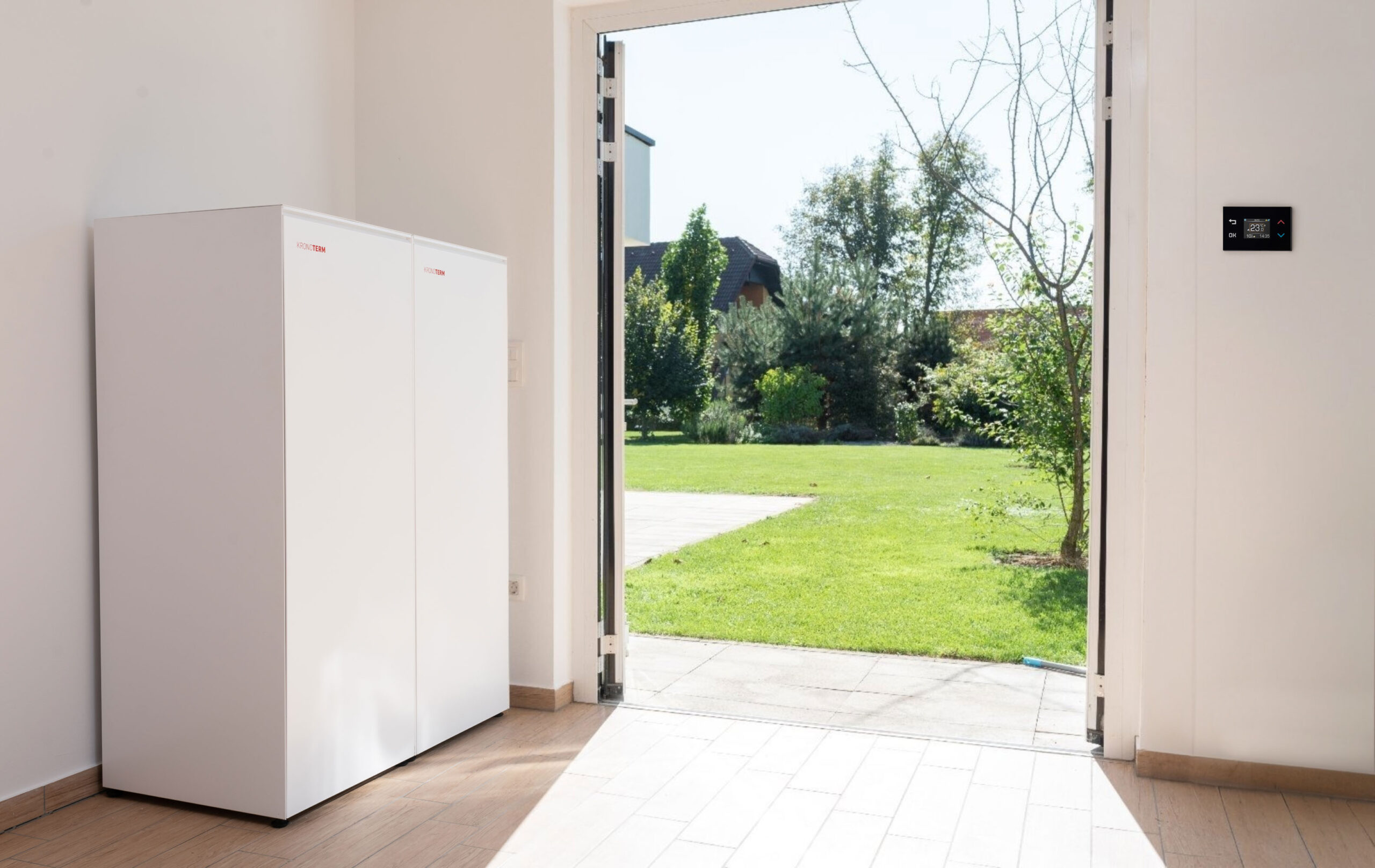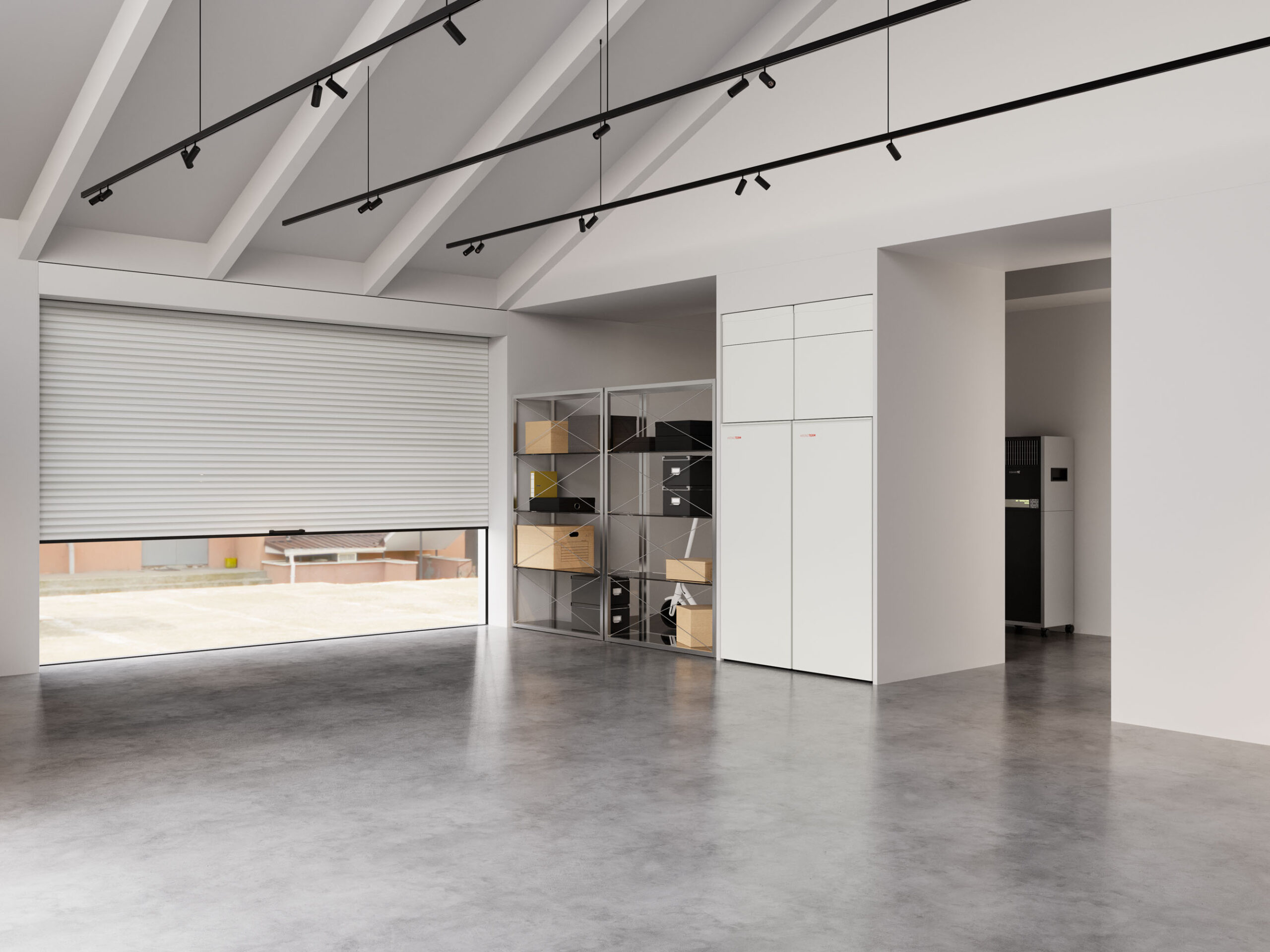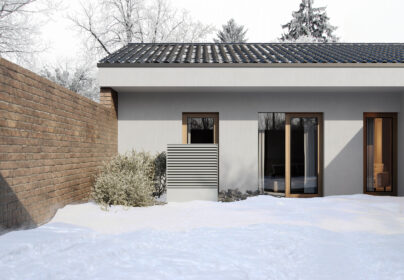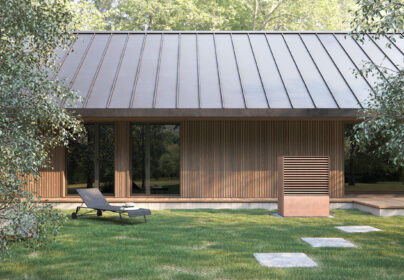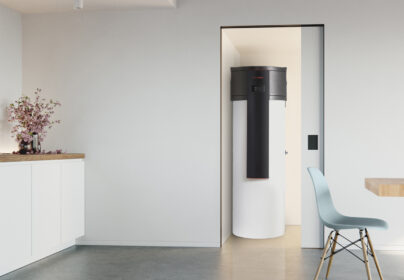A ground-source heat pump is one of the most efficient ways to heat a home, as it draws on geothermal energy stored in the ground. Thanks to the stable temperature of the soil, it operates independently of the outdoor weather, with low operating costs and a long service life.
A ground-source heat pump uses heat naturally stored in the ground. It transfers this heat into the building’s heating system through ground collectors or boreholes. The system runs efficiently year-round because the ground maintains a constant temperature.



